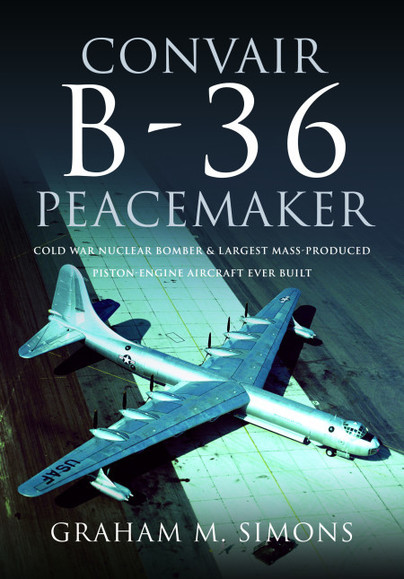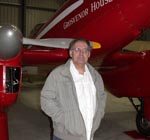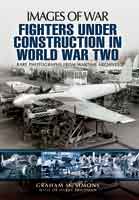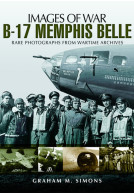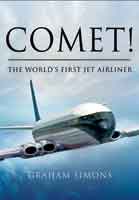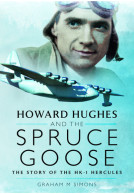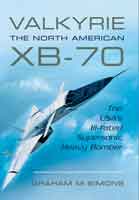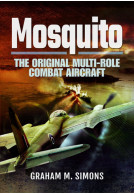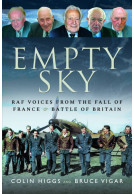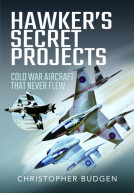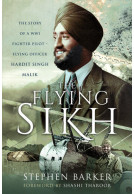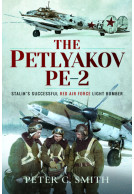Convair B-36 Peacemaker (Hardback)
Cold War Nuclear Bomber and Largest Mass-Produced Piston-Engine Aircraft Ever Built
Imprint: Air World
Pages: 304
Illustrations: 200 colour and mono illustrations
ISBN: 9781526787316
Published: 25th October 2024
(click here for international delivery rates)
Need a currency converter? Check XE.com for live rates
| Other formats available | Price |
|---|---|
| Convair B-36 Peacemaker ePub (77.6 MB) Add to Basket | £1.99 |
The story of the Consolidated B-36 is unique in American aviation history. The aircraft was an interesting blend of concepts proven during the Second World War combined with budding 1950s high-tech systems. The program survived near-cancellation on six separate occasions during an extremely protracted development process. It was also the symbol of a bitter inter-service rivalry between the newly-formed US Air Force and the well-established US Navy over which of which of the two organizations would control the delivery of atomic weapons during the early years of the Cold War.
Entering service in 1948, the B-36 was a remarkable design. It was the largest mass-produced piston-engine aircraft ever built, having the longest wingspan of any combat aircraft in history. Importantly, in terms of the developing Cold War at least, the B-36 was the first bomber capable of delivering any of the weapons in America’s nuclear arsenal without modification. To achieve this part of its role, the Peacemaker had an operational range of 10,000 miles, being capable of intercontinental flight without refuelling.
It is difficult to imagine a modern aircraft remaining airborne for two days without refuelling – but such missions were relatively routine for the B-36 crews. Whilst there were, at the time of its service, questions around its flight speed, the Peacemaker flew so high that this was considered of little concern – few fighters of its era could reach the same altitudes, and operational surface-to-air missiles were still in the future.
The B-36, despite its seemingly conventional appearance, pushed the state-of-the-art technology further than any other aircraft of its era. Its sheer size brought with it structural challenges, while its high-altitude capabilities led to engine cooling and associated problems. However, all of these were finally overcome, and the B-36 served well as the first ‘Big Stick’ of the Cold War.
Excellent - 4 Stars
Aeroplane - January 2025
"In the early 1950s it was not unusual to see the high altitude contrails of USAF B-36s over England. 385 were built and, commonly dubbed "Six Turning, Four Burning" thanks to its six piston and four jet engines. The development of the B-36 is fully described and there is considerable coverage of the political issues including competition from the Northrop flying wing. We see the B-36 into services with SAC, and we well remember al those contrails over Britain in the 1950s as the B-36s flew over. This is a readable history..."
Aviation World - Spring 2025
About Graham M. Simons
GRAHAM M. SIMONS was one of the founders of the world-famous aviation museum at Duxford near Cambridge where his interest was piqued watching the making of the film Battle of Britain there in the late 1960s. From this, and with an engineering background, he progressed to membership of a number of aviation societies, including sitting on the British Aviation Preservation Council, eventually taking the position of Engineering Director with one group. Graham combines his love of writing with his skills in production to create and publish aviation histories focused on a variety of subjects.







